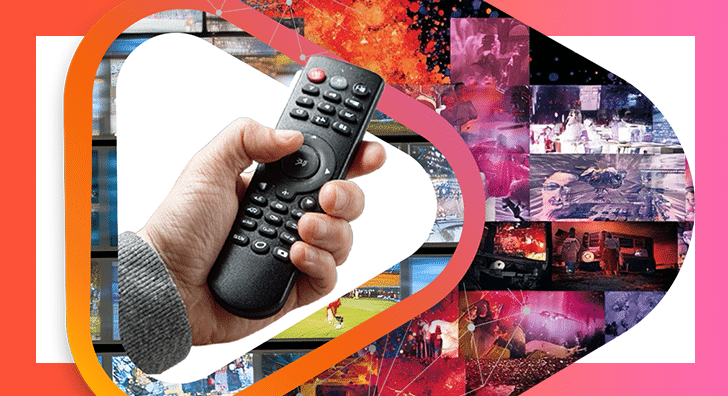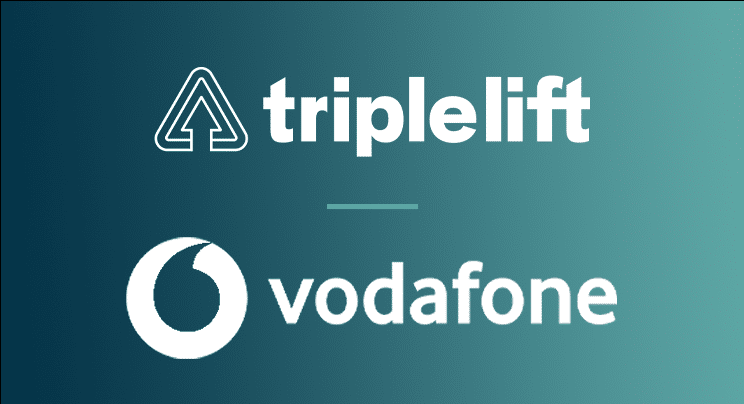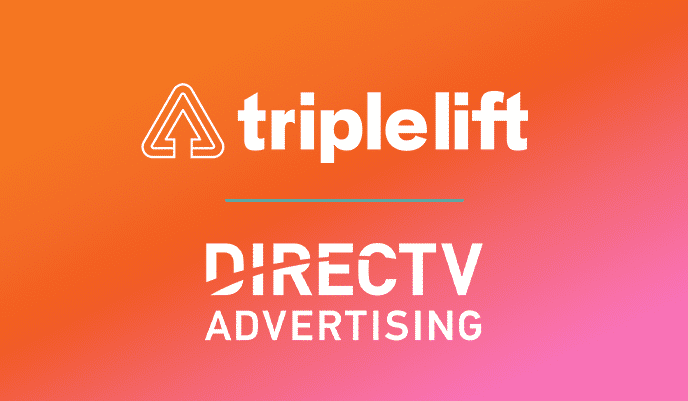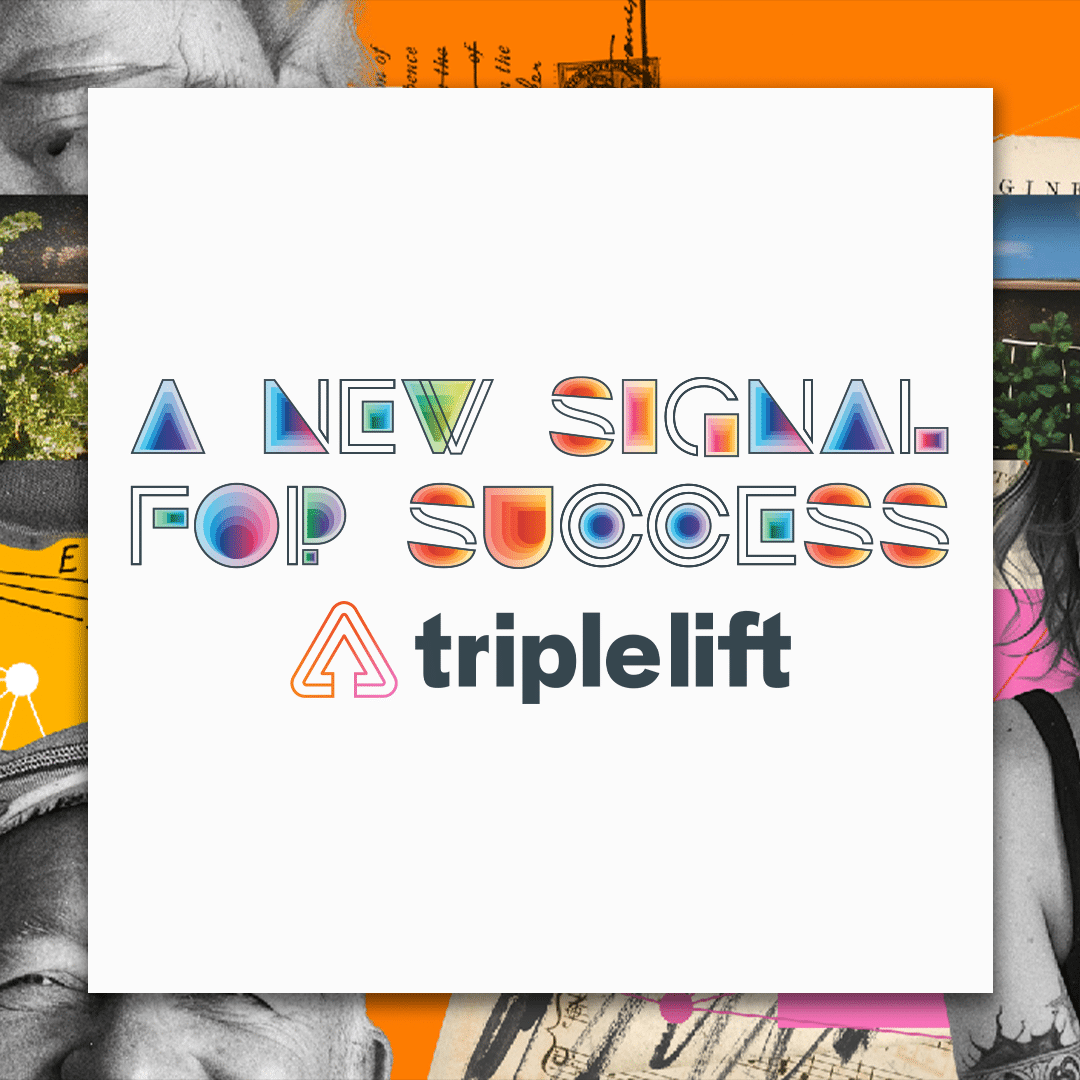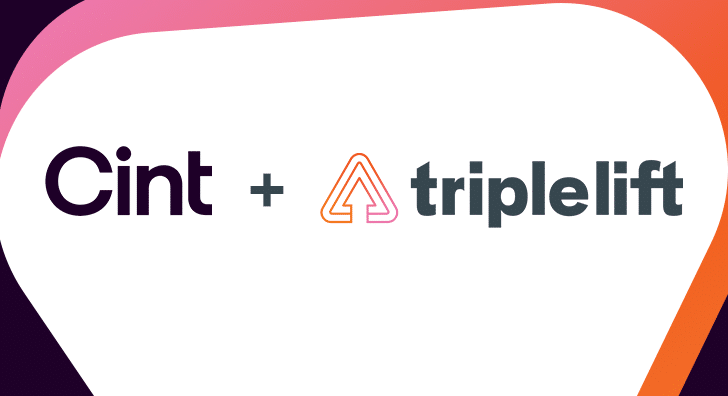Authored by: Jordan Grossman, Manager, Field Marketing
By next year, advertisers will fall into two distinct categories: those prepared for cookie deprecation and those who are not. The prepared advertisers —leveraging contextual advertising solutions—will confidently face the day Google eliminates third-party cookies, having spent significant time testing reliable cookieless alternatives. These advertisers will know their campaigns are well-managed and secure.
Conversely, unprepared advertisers will scramble to find new, addressable solutions as the inevitable deprecation approaches. This scenario is unfolding in programmatic advertising, with less than 10% of brands having solid plans to supplement cookie-based advertising.
“It’s going to be chaos for them,” said Paul Bannister, Chief Strategy Officer at Raptive, referring to the ill-prepared advertisers. “This is the last lifeline people get.”
“A New Signal For Success,” the industry’s first-ever data front, and the official launch of TripleLift Audiences, highlighted these themes. Representatives from brands, agencies, publishers, and DSPs gathered to explore the future of digital advertising in a cookieless world.
Below, you’ll find highlights from the evening’s insightful panel discussion.
Preparing For Cookie Deprecation Today
The delay of third-party cookie deprecation didn’t surprise many industry leaders, including Marion Sayre, Client Solutions Director at Kepler, and Ash Grant, Head of Digital Trading at Expedia. Whether regulatory-focused or the creation and testing of the Privacy Sandbox caused the delay is debatable. However, the delay has provided advertisers with enough time to test new alternatives.
Most audience segments are only available on the 53% of the web that supports third-party cookies or cross-domain identifiers. Advertisers are already missing out on nearly half the internet and need a better solution.
Jenny Harvey, Director of Business Development at LiveRamp, emphasized the need for parameters in place, whether it’s testing LiveRamp’s cookieless identifier, the Ramp ID, or seeking out partners like TripleLift who already have offerings on the market.
The Inefficacy of Third-Party Cookies
Many of these targeting challenges arose out of necessity, not because third-party cookies will disappear, but because they aren’t as effective as the industry expected. A study by Truthset found that 49% of email and postal address matches used for third-party data are incorrect when leveraged on the 53% of the addressable web.
There’s a growing need for an industry-wide solution today because third-party cookies aren’t the present or the future. As Ash Grant, head of Global Digital Trading at Expedia, asserts, “aimlessly chasing those users around the internet just because they fit into some third-party data set isn’t necessarily the best way to go about reaching those users.”
Contextual Advertising Powered By Publisher First-Party Data
The unpredictability and inaccuracy of third-party data have led to a renewed interest in contextual advertising. By 2030, contextual advertising spending is expected to grow by 13.8% annually, according to Statista. The industry sees contextual advertising as a privacy-safe option to reach audiences with value deterministically. Advertisers increasingly prefer contextually-enabled ads to boost engagement. Publishers agree. As Bannister notes, “value and privacy are on a connected spectrum,” highlighting the need to engage users while protecting their privacy. “You’ve got to find those moments of value to help engage users.”
TripleLift Audiences Moves To General Availability
Balancing privacy, value, and cross-site accuracy derived from signals not supported by cookies is a challenging industry problem. However, a harmonious balance may already be available. Airey Baringer, VP of Product at TripleLift, introduced TripleLift Audiences, made possible by TripleLift’s acquisition of the first-party data platform 1plusX. This unique offering delivers cross-site audiences without using cross-site identifiers.
Testing across brands and verticals has shown that TripleLift Audiences regularly matches or exceeds the performance of cookies, delivering broader reach not limited by browser or device. TripleLift Audiences helps campaigns perform at scale. This solution grants brands access to the premium web without third-party cookies or rising data fees.
TripleLift Audiences’ unique ability to predict cross-site audience memberships based on consumed content is a testament to the technology’s power. As Baringer states, TripleLift Audiences is not just a solution for a cookieless future but a robust targeting solution for today’s advertisers, regardless of the cookie’s fate.
“TripleLift Audiences wasn’t built to be a solution to the cookieless future – it was created to be the next great targeting solution for advertisers today,” said Baringer. “TripleLift Audiences performs because it’s a scalable and performant solution that doesn’t accrue additional fees – all elements that enhance advertiser campaign necessities. It is a solution for today, not tomorrow.”
Panelists at the event universally agreed that testing today to prepare for tomorrow sets brands ahead for the foreseeable future.
Want to see the full panel discussion? We’ve got you covered here. And for more on TripleLift Audiences check out our resources page.
Let’s get started. Reach out—our team of targeting experts is ready to help you take the next step in your cookie-less journey.
